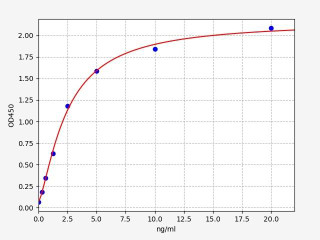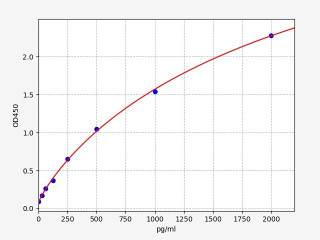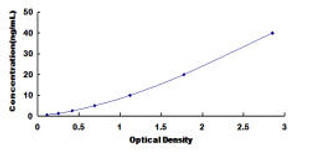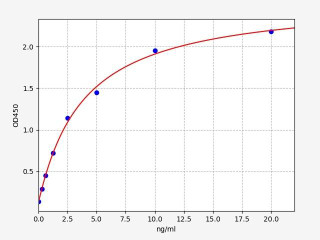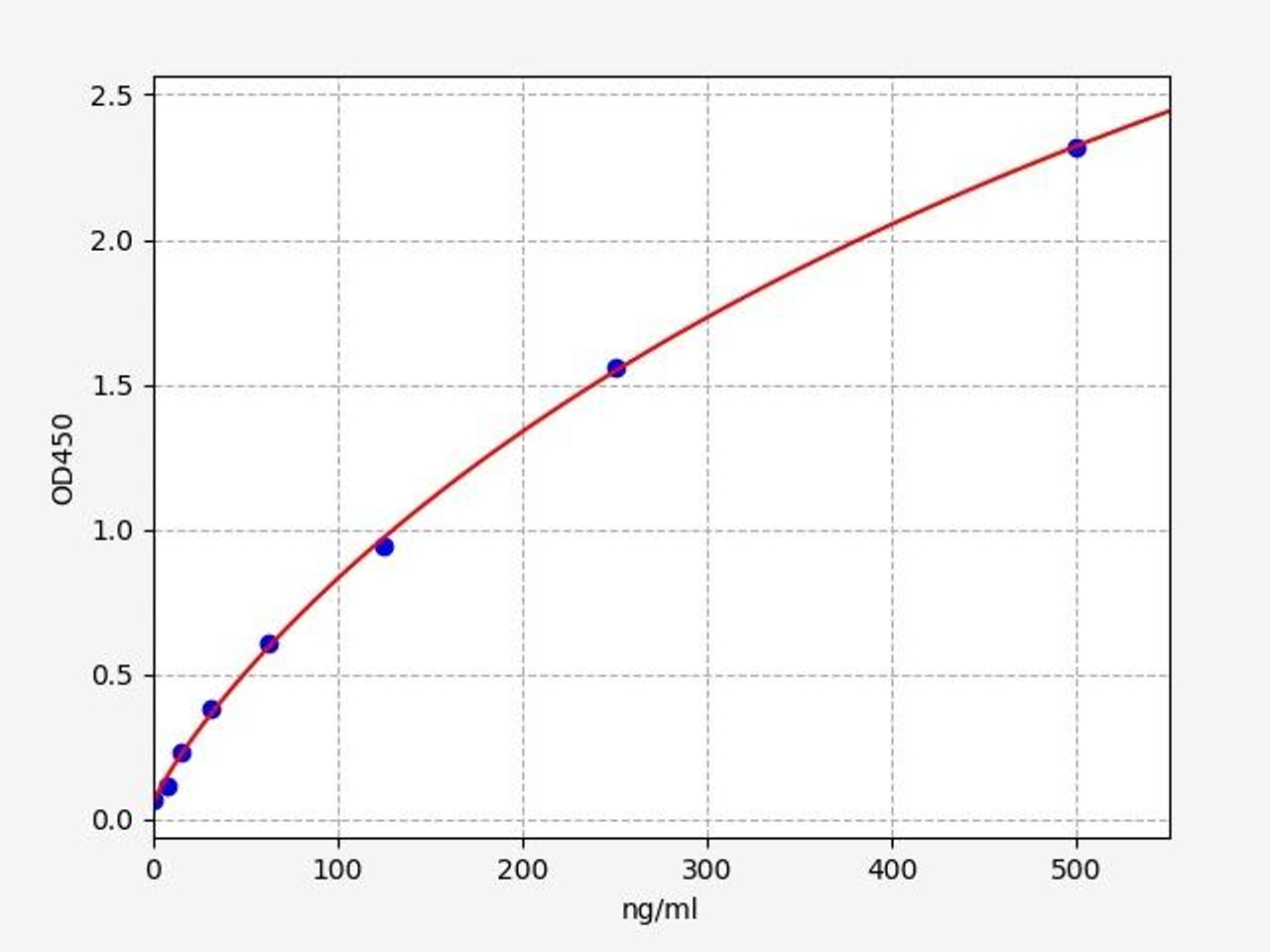Astrocyte Markers: A Guide
Explore the world of astrocytes, crucial star-shaped cells in the brain, and understand how specific markers help study their roles in neural health and disorders.
Key Takeaways:
- Astrocytes are star-shaped glial cells vital for brain function and homeostasis.
- They regulate the brain environment, neurotransmitter levels, and synaptic signaling.
- Astrocyte markers, like GFAP and S100B, identify and study astrocyte functions.
What Are Astrocytes?
Astrocytes are a type of star-shaped glial cell found in the central nervous system. They play essential roles in maintaining neuronal health and supporting brain homeostasis. In order to understand the functions and characteristics of astrocytes, scientists rely on the identification and analysis of specific astrocyte markers. These markers, which are proteins or other molecules expressed selectively by astrocytes, serve as crucial tools for distinguishing astrocytes from other cell types in the brain.
Table of Contents
Jump to a section:
Astrocytes Function
Astrocytes perform a multitude of essential functions in the central nervous system (CNS), contributing significantly to brain homeostasis and supporting neuronal health. They play a vital role in regulating the extracellular environment by maintaining ion balance, neurotransmitter levels, and pH. Astrocytes actively participate in synaptic signaling, modulating synaptic transmission and plasticity. They provide metabolic support to neurons by supplying energy substrates and removing metabolic waste products. Additionally, astrocytes contribute to the blood-brain barrier, regulate cerebral blood flow, and participate in neuroinflammatory responses.
Schematic of an Astrocyte
Astrocyte Markers
Astrocyte markers are essential tools in identifying and characterizing astrocytes, allowing researchers to distinguish astrocytes from other brain cell types and providing insights into their structural and functional properties. Common techniques such as immunohistochemistry and immunofluorescence utilize specific antibodies to visualize astrocyte-specific proteins. Accurate identification using these markers deepens our understanding of astrocyte biology and their role in brain function and disease. Among the diverse set of astrocyte markers, certain proteins have emerged as classical markers widely used for identifying and studying astrocytes. The remaining astrocyte markers may be categorized as functional or developmental markers. There are numerous other markers that have been identified and studied in relation to astrocytes.
Classical Astrocyte Markers
GFAP Astrocyte Marker:
Glial Fibrillary Acidic Protein (GFAP) is a classical astrocyte marker that is predominantly expressed in astrocytes in the central nervous system (CNS). It provides structural support to astrocytes and is involved in maintaining their cytoskeletal integrity. GFAP is widely used as a specific marker for mature astrocytes and is upregulated in response to various pathological conditions, making it an important indicator of astrocyte reactivity and gliosis.
S100B Astrocyte Marker:
S100 Calcium-binding protein B (S100B) is a classical astrocyte marker that belongs to the S100 family of calcium-binding proteins. It is predominantly expressed in astrocytes and is involved in regulating intracellular calcium homeostasis. S100B is implicated in diverse astrocyte functions, including synaptic plasticity, neuroprotection, and inflammatory responses. Its increased expression is associated with neurodegenerative diseases and brain injuries.
ALDH1L1 Astrocyte Marker:
Aldehyde Dehydrogenase 1 Family Member L1 (ALDH1L1) is an enzyme and classical astrocyte marker that plays a role in cellular detoxification processes and the metabolism of retinoic acid. It is highly expressed in astrocytes throughout the CNS and is considered a reliable marker for identifying and distinguishing astrocytes from other cell types. ALDH1L1 is involved in maintaining astrocyte integrity and has been linked to neuroprotective functions.
EAAT2/GLT-1 Astrocyte Marker:
Excitatory Amino Acid Transporter 2 (EAAT2), also known as glutamate transporter 1 (GLT-1), is a classical astrocyte marker primarily associated with glutamate clearance from the extracellular space. It is responsible for the efficient removal of glutamate, a neurotransmitter, preventing its excessive accumulation and excitotoxicity. Dysregulation of EAAT2 expression and function has been implicated in neurodegenerative disorders and psychiatric diseases.
Glutamine Synthetase Astrocyte Marker:
Glutamine Synthetase (GLN1) is an enzyme predominantly expressed in astrocytes throughout the central nervous system (CNS). It plays a crucial role in the conversion of glutamate to glutamine, a process known as the glutamate-glutamine cycle. This cycle is essential for maintaining neurotransmitter balance and neurotransmission. GLN1 serves as a specific astrocyte marker due to its high expression in these cells. By studying GLN1 expression and activity, researchers gain insights into the metabolic support provided by astrocytes to neurons and the regulation of glutamate levels in the brain.
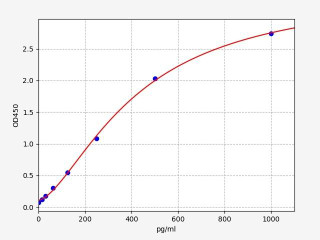
| Human GLN1 / Glutamine Synthetase ELISA Kit | |
|---|---|
| ELISA Type | Sandwich |
| Sensitivity | 9.375pg/ml |
| Range | 15.625-1000pg/ml |
Developmental Astrocyte Markers
SOX9 Astrocyte Marker:
SOX9 is a transcription factor that serves as a reliable astrocyte marker. It plays a critical role in astrocyte development and maintenance. SOX9 is expressed in the nuclei of astrocytes throughout the central nervous system (CNS). It is involved in regulating astrocyte-specific gene expression, promoting their differentiation, and maintaining their mature phenotype. SOX9 is considered a key player in astrocyte development and function, and its expression is closely associated with astrocyte identity.
Vimentin Astrocyte Marker:
Vimentin is an intermediate filament protein that is widely used as an astrocyte marker. It is expressed in both immature and mature astrocytes and is involved in providing structural support and maintaining the cytoskeleton of these cells. Vimentin is particularly useful as an early astrocyte marker during development and in reactive astrocytes in response to injury or pathological conditions. Its expression is upregulated during astrocyte activation and can serve as an indicator of astrocyte reactivity.
Astrocyte Markers in Disease Research
Astrocyte markers have become essential tools for investigating the role of astrocytes in neurological disorders and diseases. Abnormalities in astrocyte markers have been observed in neurodegenerative diseases such as Alzheimer's, Parkinson's, and Huntington's disease, indicating astrocyte dysfunction as a potential contributor to disease progression. Astrocyte markers also provide insights into neuroinflammatory disorders like multiple sclerosis, aiding in the assessment of inflammation severity and its impact on astrocyte function. Additionally, in brain tumor research, astrocyte markers help understand tumor heterogeneity and identify potential therapeutic targets. Astrocyte markers play a critical role in understanding the involvement of astrocytes in disease pathology, providing promising avenues for future research and therapeutic interventions.
Written by Lauryn McLoughlin
Lauryn McLoughlin completed her undergraduate degree in Neuroscience before completing her masters in Biotechnology at University College Dublin.
Recent Posts
-
Metabolic Exhaustion: How Mitochondrial Dysfunction Sabotages CAR-T Cell Therapy in Solid Tumors
Imagine engineering a patient's own immune cells into precision-guided missiles against cancer—cells …8th Dec 2025 -
The Powerhouse of Immunity: How Mitochondrial Fitness Fuels the Fight Against Cancer
Why do powerful cancer immunotherapies work wonders for some patients but fail for others? The answe …5th Dec 2025 -
How Cancer Cells Hijack Immune Defenses Through Mitochondrial Transfer
Imagine a battlefield where the enemy doesn't just hide from soldiers—it actively sabotages their we …5th Dec 2025


